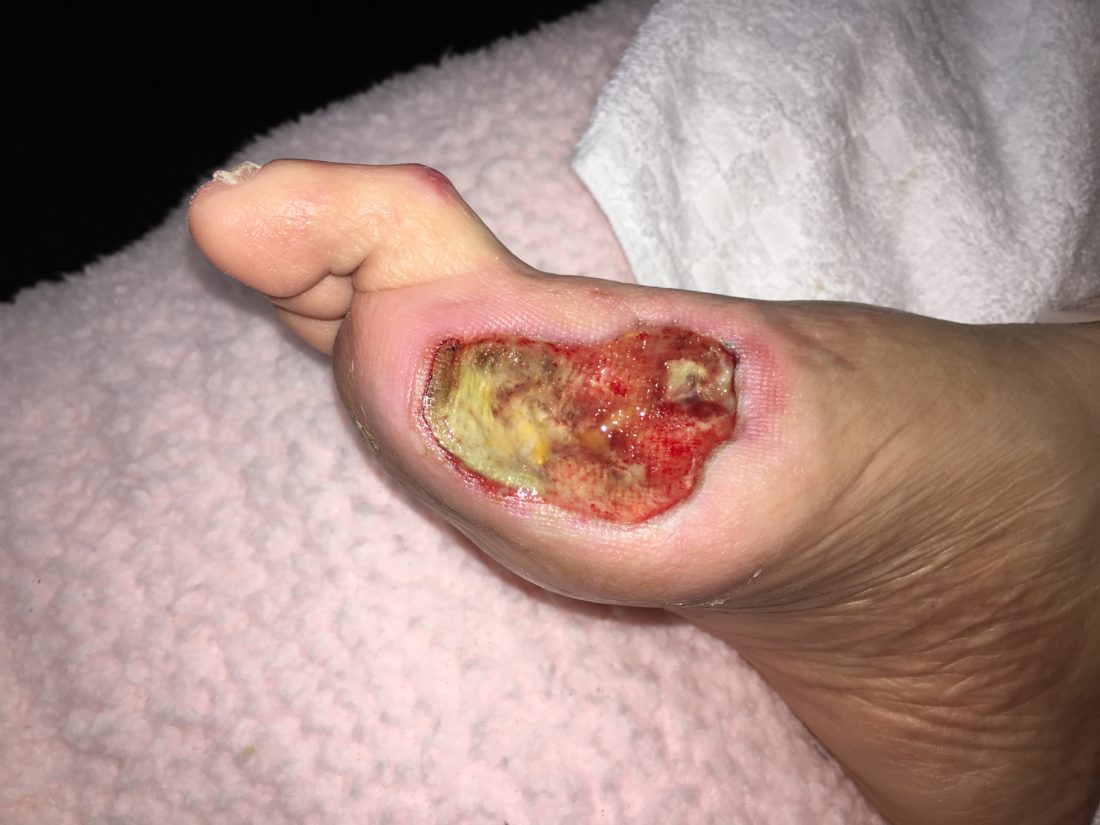Wound anaerobes and their management …
Bowler, Duerden and Armstrong wrote a fascinating article in 2001 on wound microbiology. This was before the impact of biofilm on non-healing wounds was appreciated (as it is today). They state that chronic wounds can have up to 48% of their microbial flora occupied by anaerobes – most of which go unrecognised and untreated. The authors also discuss the low oxygen environment that is present within chronic lesions and highlight how anaerobes proliferate whilst aerobes consume a wound’s residual oxygen (demonstrating microbial synergy between organisms). Historically, the importance of aerobic / anaerobic combinations in wound infections had not been well appreciated by treating clinicians. Modern day tools & products are now available however to better deal with oxygen poor wounds and their anaerobic populations. To date, a number of topical oxygen therapeutics (in conjunction with sound wound debridement strategies) have displayed an ability to reduce the burden of painful, malodorous and costly non-healing wounds.
Bowler,PG Duerden,BI Armstrong,DG Wound microbiology and associated approaches to wound management. Clin Microbiol Rev 2001;14(2):244-269



